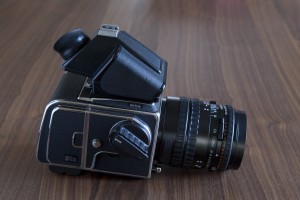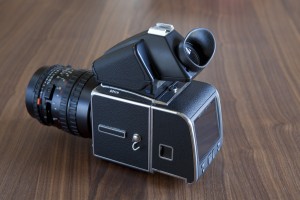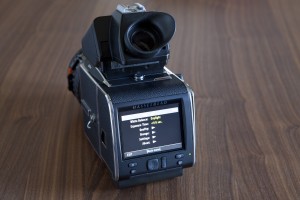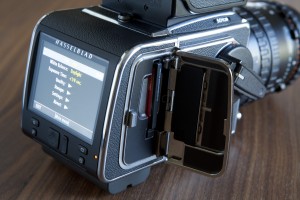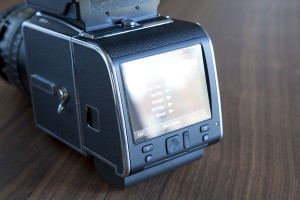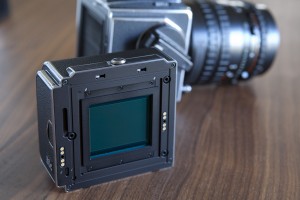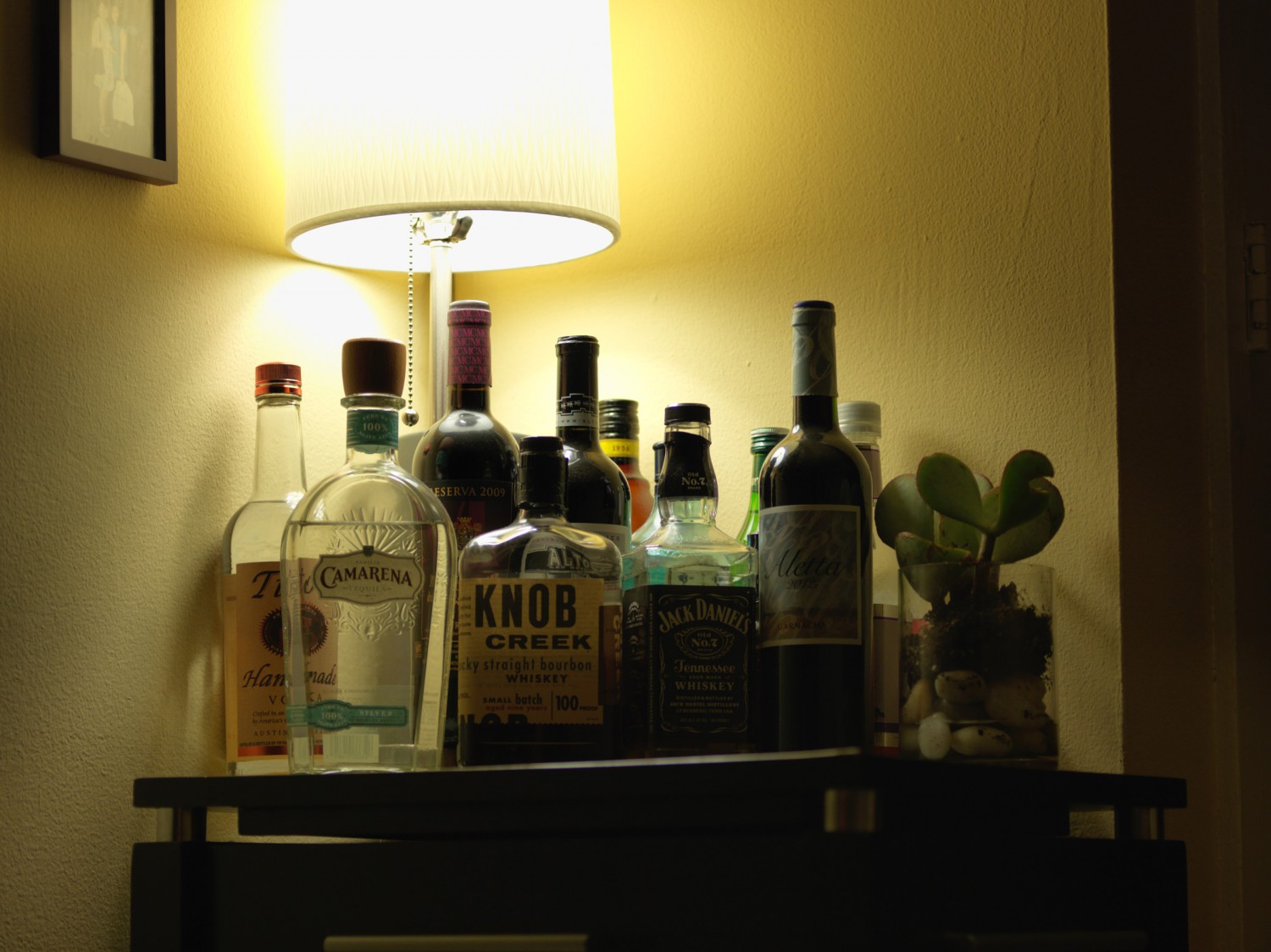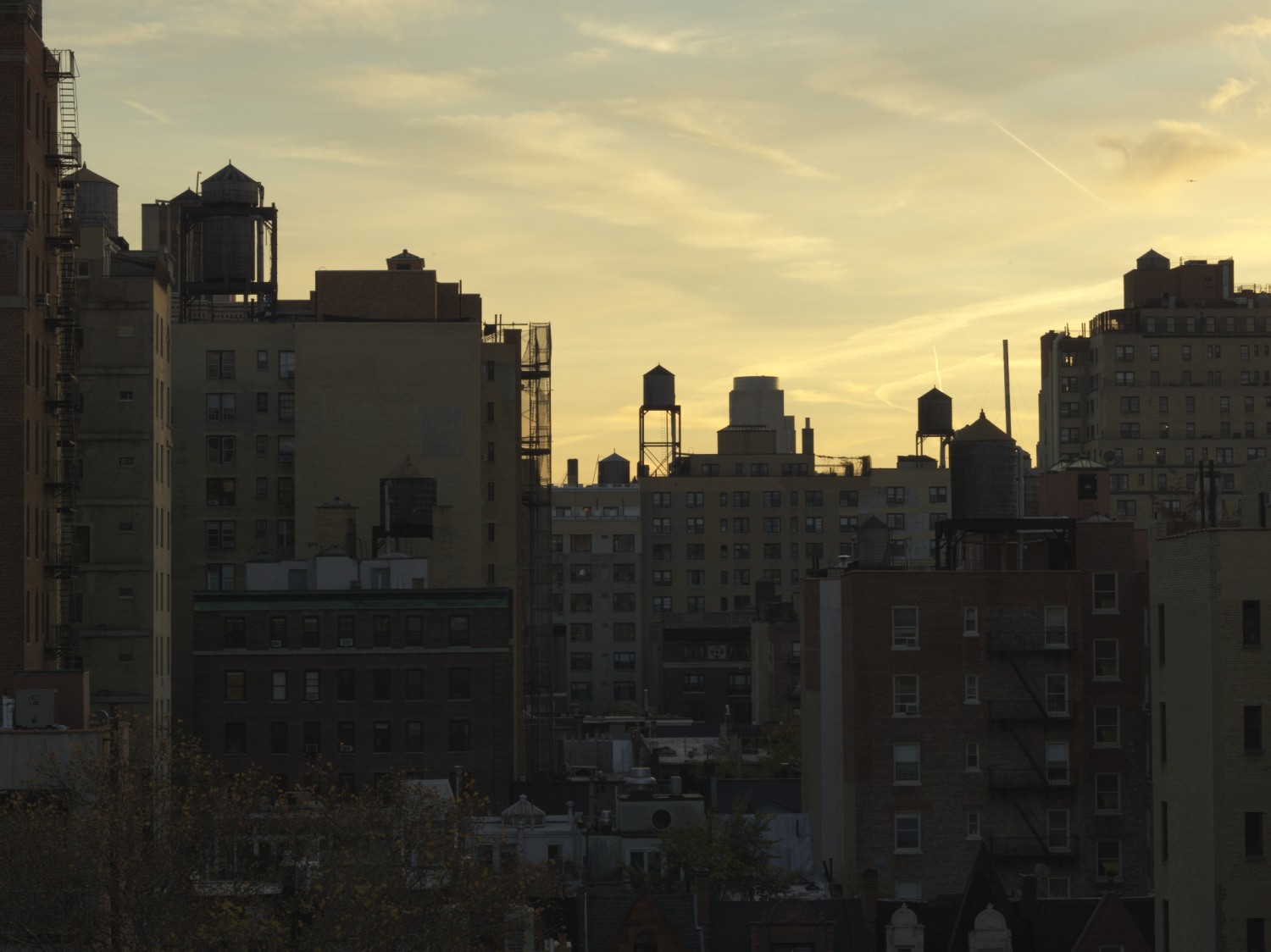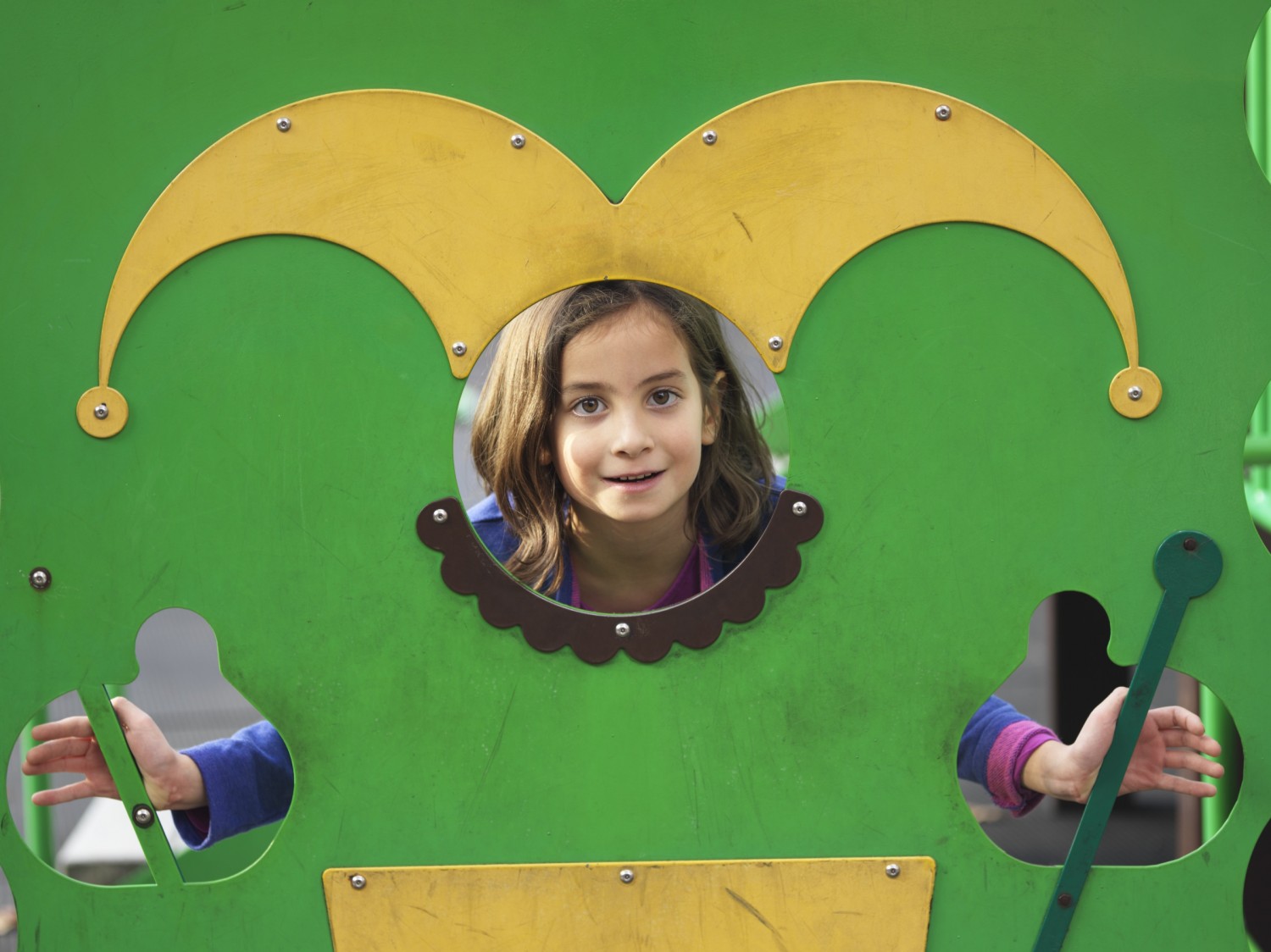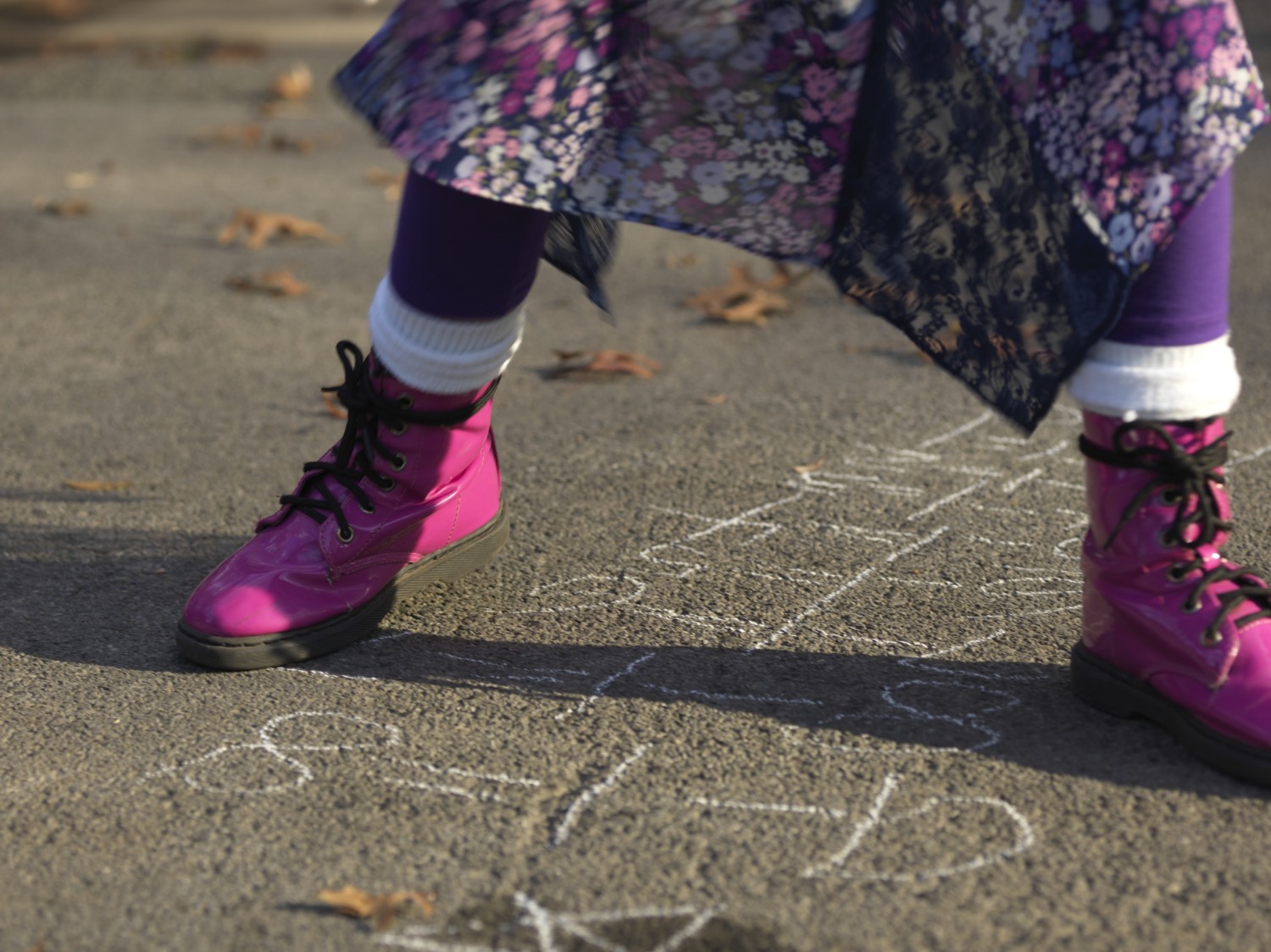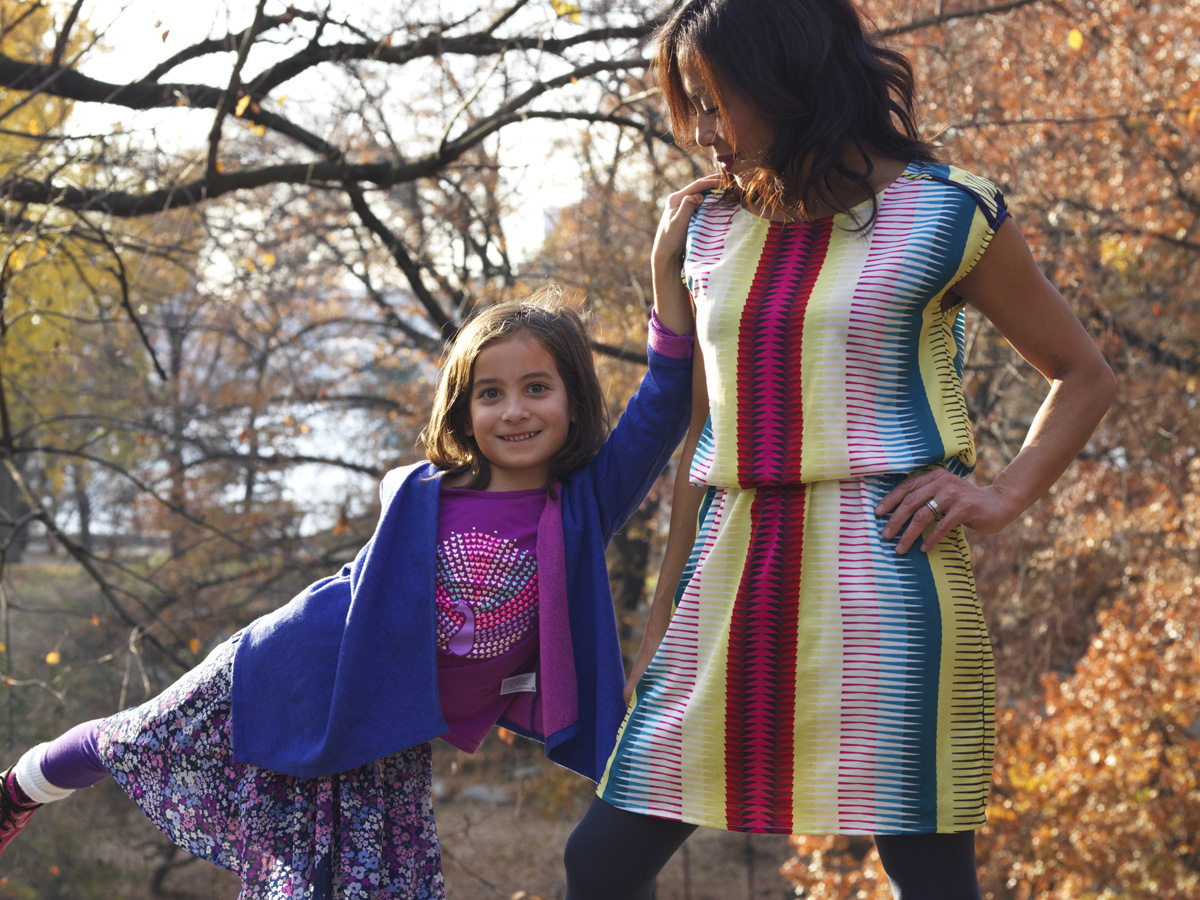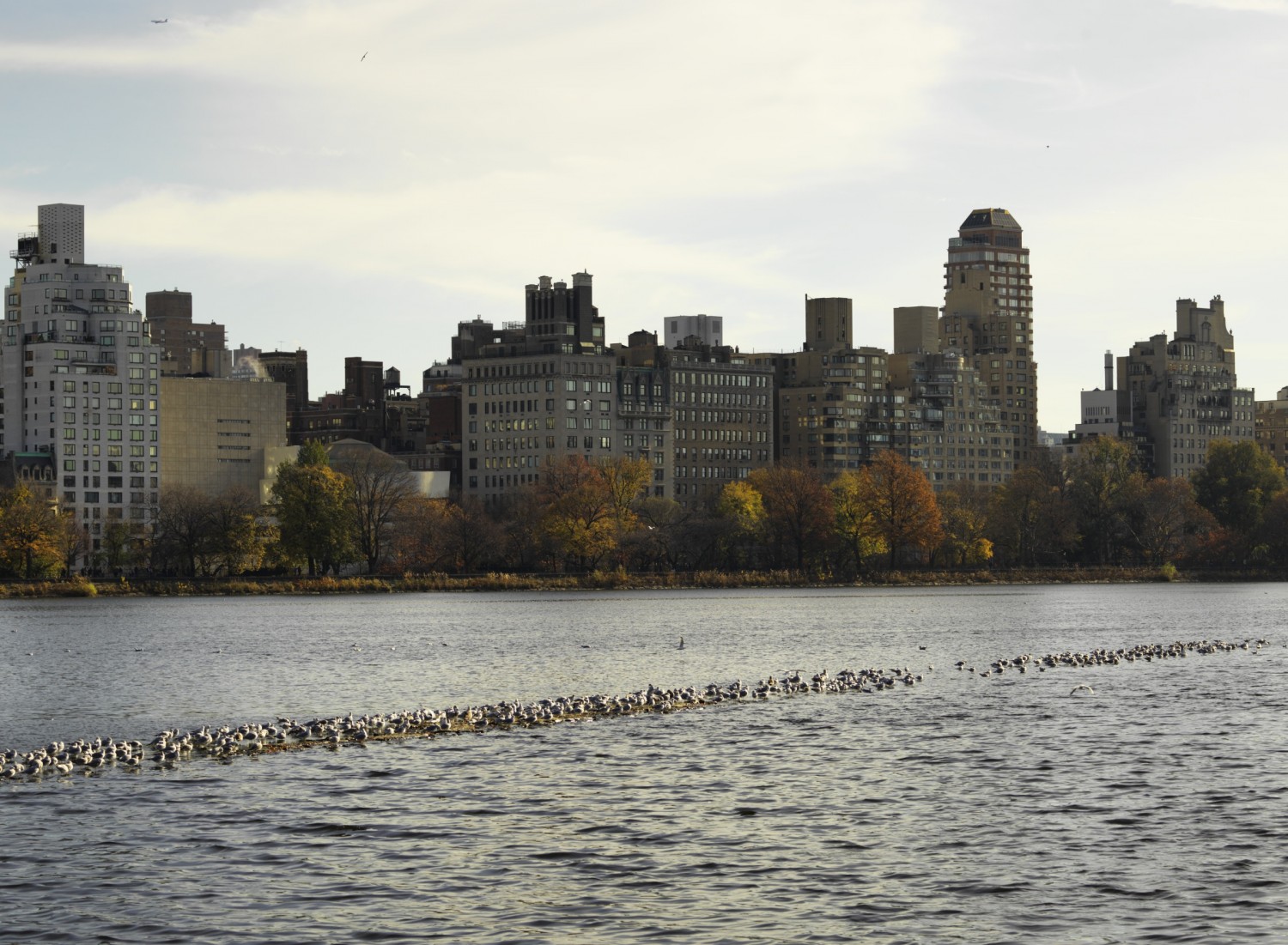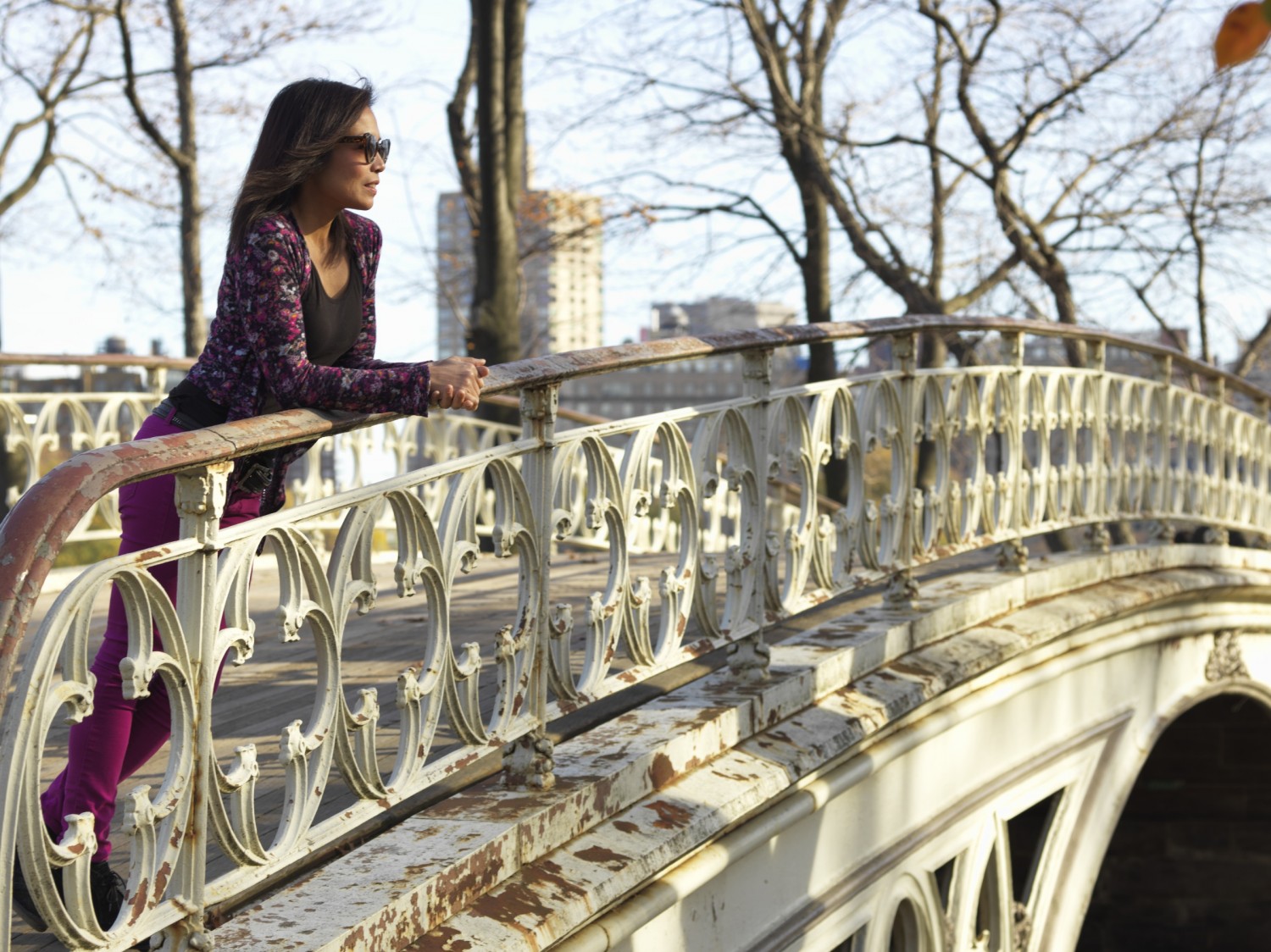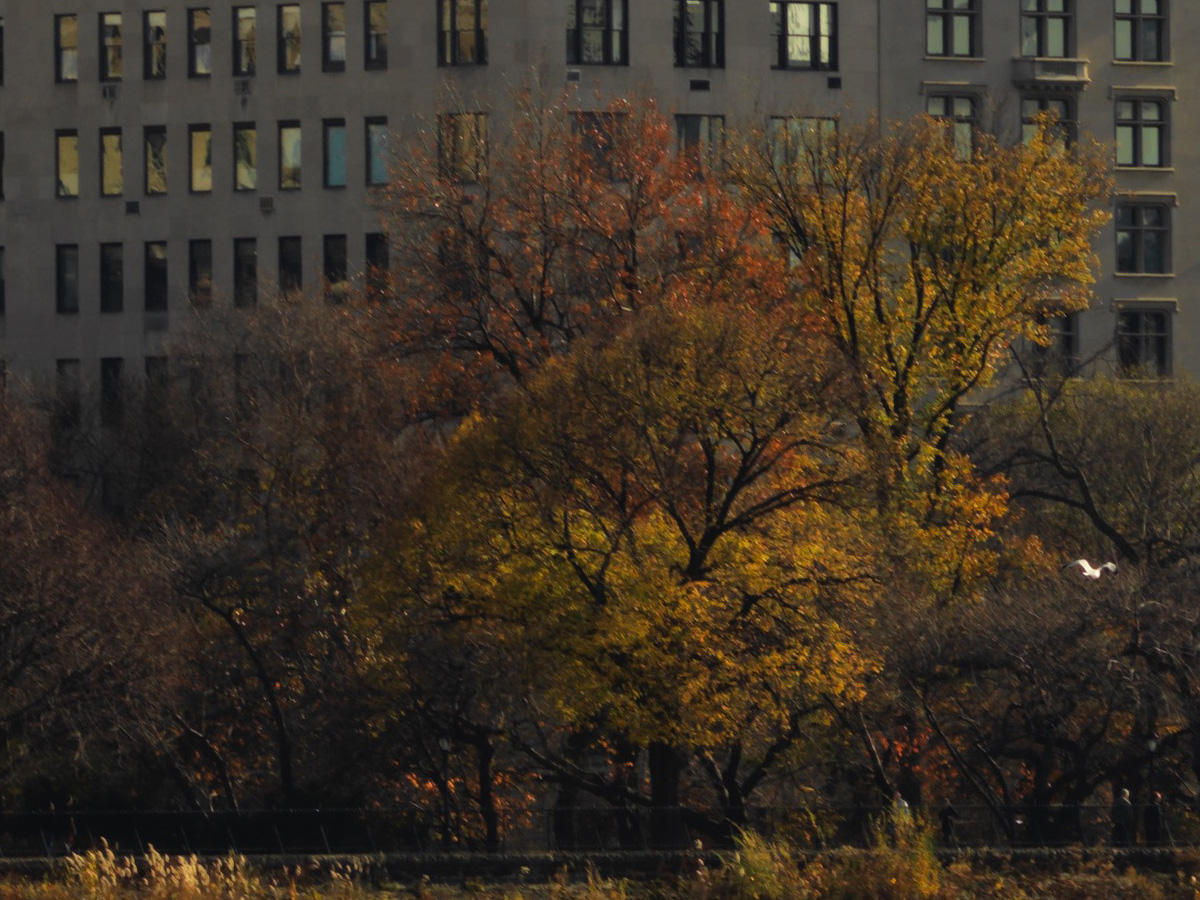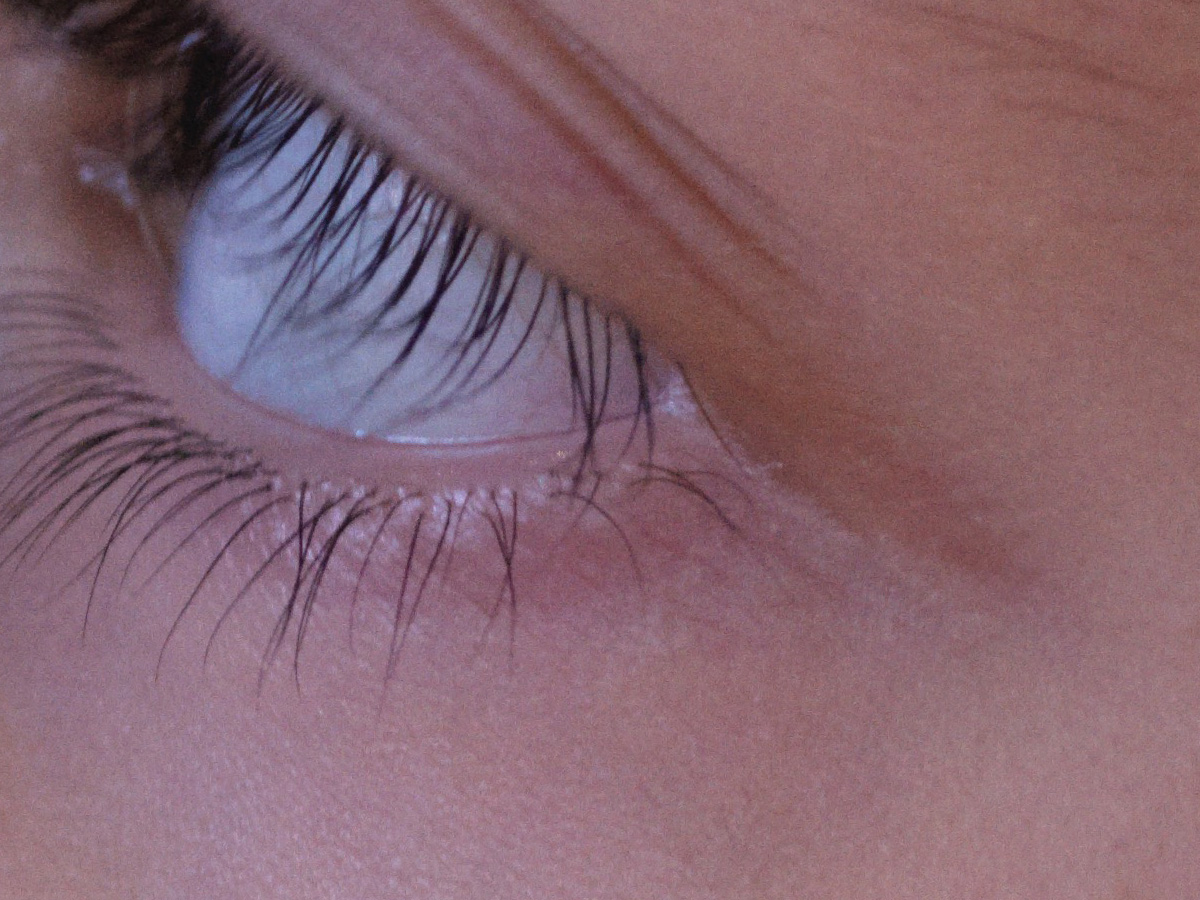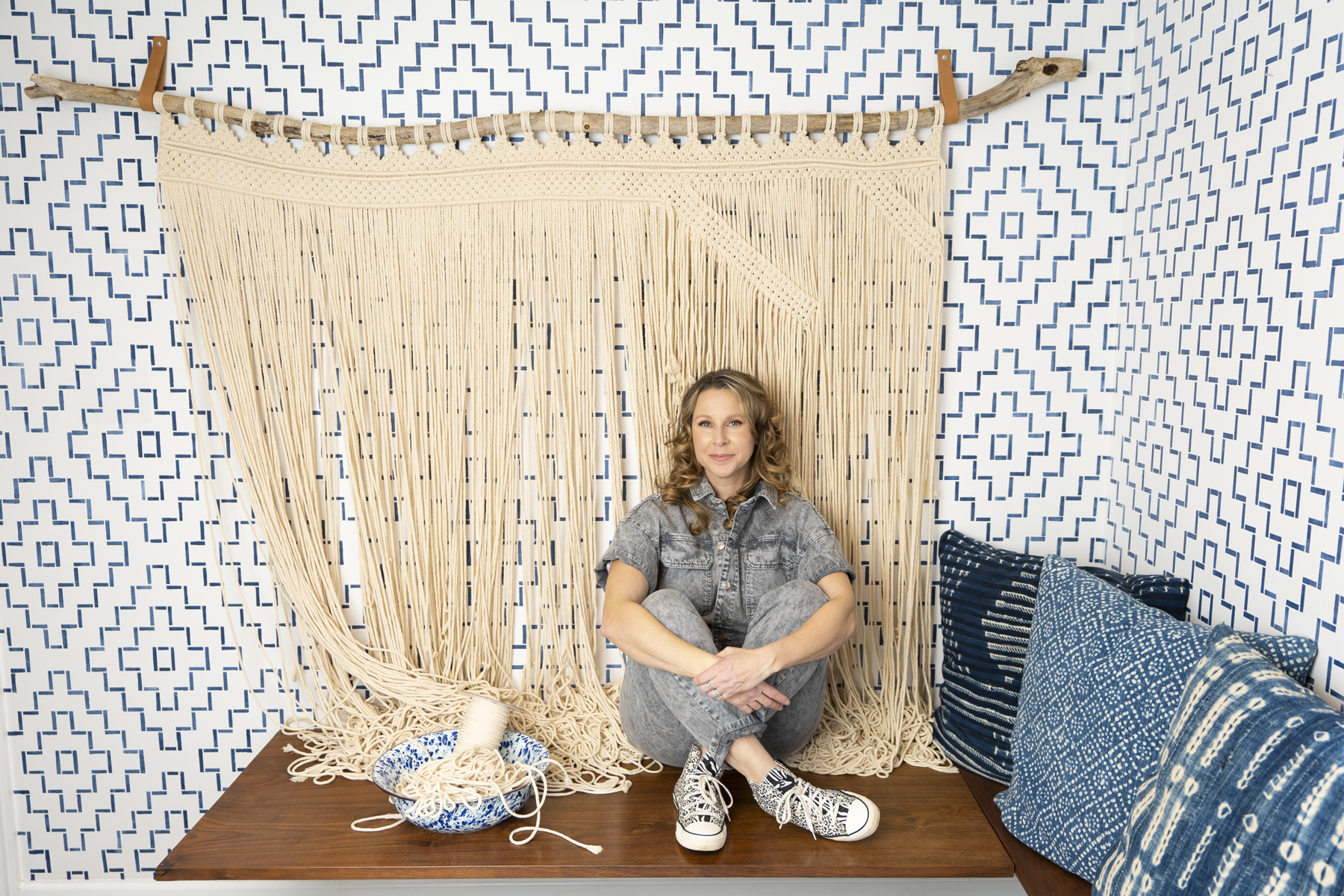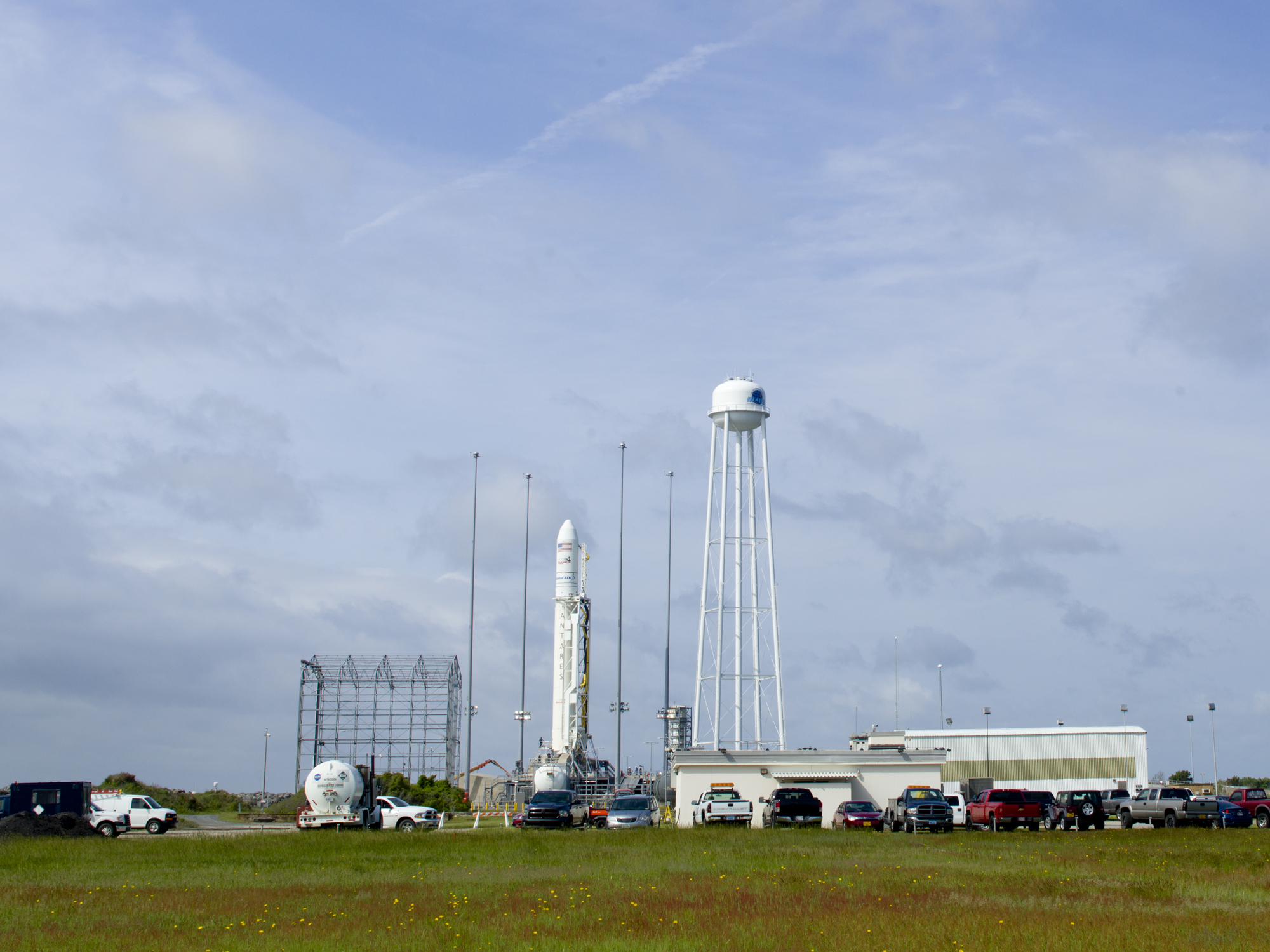Full disclosure: I’m not a professional reviewer. I don’t review items very often, sans an Amazon review here or there. However, with so little info on these digital backs online, I thought I would take some time to give a non-professional (anymore) photographer’s point of view from a few days of shooting the CFV-50c.
Over this past 2015 Thanksgiving holiday, I had the pleasure of shooting with my old 501 v-series Hasselblad gear again. No, it wasn’t a new found love for film again, although with a couple dozen old rolls sitting in the fridge down in the basement, I really should rekindle that passion, but I digress… but an opportunity to shoot with Hasselblad’s CFV-50c, 50mp CMOS digital back. Coupled with a 120mm f/4 CFi *T lens and PM45 I set out to remember how to focus, adjust film/shutter speed and f-stops all on the fly again to manually capture what has become so easily achieved with the modern DSLR, in my case the not so modern Canon 5D mark ii.
Before I get into the results and my findings, let’s begin with the digital back itself. Clearly, Hasselblad put together a really nice piece of equipment here. It feels as solid and stout as the 500-series bodies/backs and looks the part to boot. Once you remove the back’s protective aluminum cover, however, that confidence in quality and stoutness is quickly replaced with a good amount of apprehension knowing that the relatively massive CMOS sensor is now exposed to the world of dust, fingers, etc. Just as quickly as the cover was removed from the back, the back is secured to the body and on you go.
At first use, the buttons are small, even for my normal sized fingers. The power button is simple enough to find and as you stare at the screen during boot up, the subliminal Hasselblad logo flashes for a split second leading into the back’s digital menu. The screen is clear and bright with some adjustability a few steps into the menu, although I never found a need to adjust. Running through the menu, I found that it lacked many of the bells and whistles that I am spoiled with by using any modern DSLR – good or bad – I guess that’s for each user to decide. For me, I wanted a bit more. I wanted a delete button and although you can change the one user-customizable button [P] to be that delete button, you sacrifice that button from all other available options. I won’t go into my longings for the menu options, perhaps a few days of use is not enough to feel comfortable with a menu system that is so shallow – I kept digging for more menu options, maybe because this is such a highly advanced and expensive piece of equipment, the assumption is that it would have every available digital camera option, but in the end, the menu just didn’t go any deeper.
I won’t go into any further detail on the CFV-50c since there isn’t much to add to what other reviewers have already shared. Plus what you see below is what you get. I will say that the back feels heavy. For reference, my Canon 5D mark ii with the 50mm F/1.4, vertical grip and two batteries weighs in at a plump 3lbs 8oz. Surprisingly, the CFV-50c & battery coupled with a 501cm, PM45 and a 120mm CFi, weighs in at 5lbs 4oz. To be fair though, I rarely walk around/shoot with the 50mm on the Canon. I typically mount up Canon’s L, 24-70mm F/2.8 – combined with the aforementioned 5D it tips the scale at just a tick over 5lbs as well. The fit and finish are top notch for a lack of a better description.
Getting past my menu-inadequacy hang-ups I soldiered on, carrying this wonderful gear all over Manhattan during what turned out to be a beautiful Thursday/Friday holiday. Of course, it goes without saying that I had to force my wife and daughter to endure a few “photo sessions” at a couple upper west side locations attempting to rekindle my focusing skills and do some justice to a wonderful piece of equipment. I’ll admit, it was a rough start. I shot just about anything and everything in an effort to practice my focusing and exploring the complete ISO range with what I would consider mixed results in the beginning.
The back’s lack of image format options was another surprise for me. RAW or RAW+JPG. No size options in either format and I believe the JPG was approximately 1/3 the size of the RAW file. Admittedly, maybe there’s no reason to have additional size options, after all, we are shooting with medium format for a reason. Keep in mind, the CFV-50c uses Hasselblad’s proprietary .3FR RAW format which can only be opened in Phocus. Hasselblad does provide a conversion tool called Phocus Quick which will convert the .3FR files to DNG or JPG to be used by other editing software such as Adobe Photoshop and Bridge for those of us whose lives have revolved around Adobe over the past two decades.
Once it became more about the photographs and less about how the back performed, it was clear that the back had almost seamlessly become part of an older system, both in style and in function, to create a classic photographic tool with a modern twist. Sure, the back doesn’t come without some sacrifices, specifically it’s sensor size and sensor orientation – you’ll need a PM90 to take full advantage of the horizontal orientation – but being able to work with arguably some of the best photographic equipment known to man again, is really quite a treat, even if you have to really pay attention to the focusing screen crop marks to make sure you don’t cut the head off of your wife while shooting a portrait in the park.
In all honesty, during this little trip to New York city, I lugged around my Canon 5D with the 50mm f/1.4 lens just in case. After all, we were on holiday and without having previously tested the CFV-50c, I had to make sure we captured the trip. This means I didn’t capture nearly as many Hasselblad photos as I would have liked, but I will.
So as you can probably tell, I’m not a professional reviewer, nor am I a professional writer, but I hope you were at least able to take away a few things from this post. My conclusion? I’m not entirely sure I know what my conclusions are. Is it wrong to want one of these digital backs for the sole reason of shooting digital on a 500-series body? Is it wrong to want to capture 50mp images through lenses that were once thought to be the best in the world and on fool-proof, manual, aluminum boxes that have been to the moon and back? I guess it all depends on how deep your pockets are and what you intend to use it for. Emotion aside, technically it performs well. The back never missed a beat in the short time that I used it. It never errored, froze or made funny sounds and worked when I wanted it to and as expected. At 6400iso, things get muddy, but how muddy is too muddy for a 50mp medium format back? Unfortunately for this reviewer, I have almost nothing to compare it to and even less technical background to back it up. Are the images usable, yes, most definitely, probably not at 100% viewing, but how often are you blowing up images you shot at 6400 ISO?
So how do I sum this all up? Again, I’m not sure. It’s not because it’s not a great piece of equipment, because it is, but mostly because unless you can justify, mainly to yourself, spending the sort of money required to put together a system like this, the money most likely will be a deal breaker. If you add in the emotional attachment to your 500-series equipment, which is important, toss in a very well built, handsome looking digital back, roll it around with some very nice looking pixels, subtract the missing bells and whistles and of course the cost, you are left with what I would consider a very nice package and well worth it.
Here’s a handful of 100% crops for review. Keep in mind, most everything was shot at F/8 or wider. Sadly, unless you are diligent recording your shutter speed and f-stop or have a great memory, get used to not having the EXIF data we’ve all grown accustomed to.
Here are a handful of other helpful CFV-50c Links
Hasselblad CFV-50c – Testing, Review, Dynamic Range & ISO


